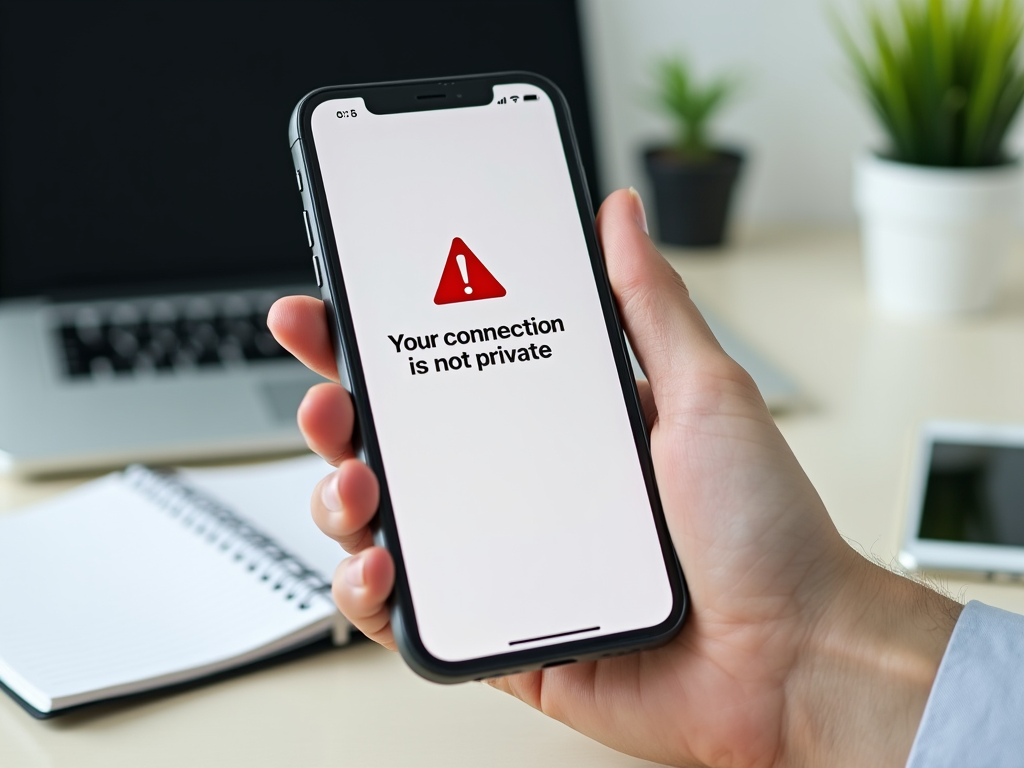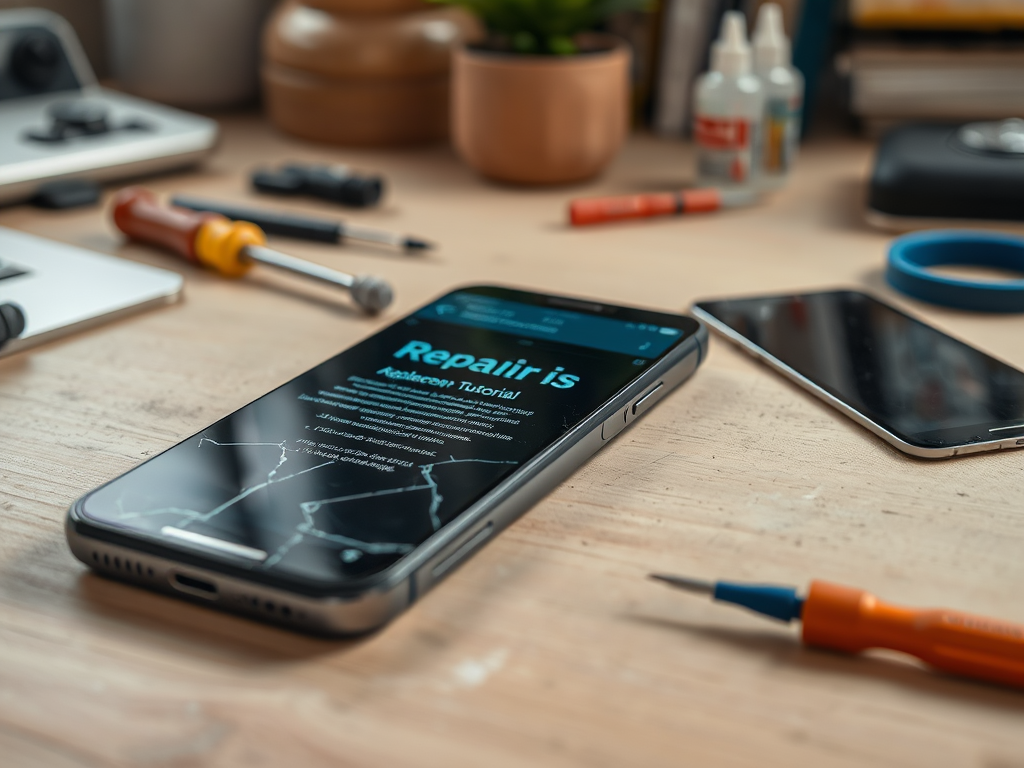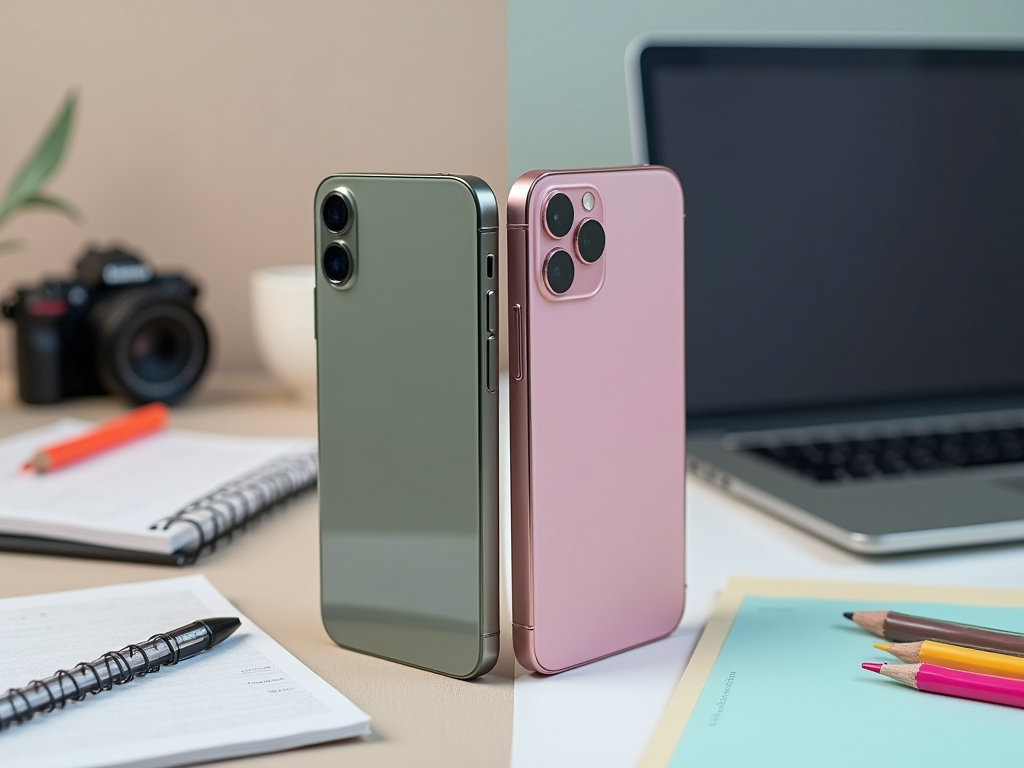Encountering the “Your connection is not private” error on your phone can be both alarming and inconvenient. This message often appears when your device struggles to establish a secure connection to a website. While it could suggest potential security threats, it’s usually easy to fix with some simple troubleshooting steps. This article will guide you through the methods to resolve the issue efficiently on your phone, ensuring a seamless and secure browsing experience.
Understand the Causes of the Error

The error message typically occurs due to SSL certificate problems. An SSL certificate is essential for encrypting data between a user’s browser and a website, ensuring privacy and security. If the browser cannot verify this certificate, it will show a warning instead of risking a connection. Common causes include an expired SSL certificate, your phone’s date and time being incorrect, or a website that is not properly configured. By understanding these underlying issues, you can identify the most appropriate solutions to apply.
Verify and Adjust Your Date and Time Settings

An incorrect date and time setting on your phone can interfere with its ability to verify SSL certificates, causing the private connection error. Here’s how you can fix this:
- Go to the Settings app on your phone.
- Navigate to Date & Time settings.
- Enable the option to set these automatically using network-provided time.
- If already set to automatic, try toggling it off and on again to reset.
- Ensure that your time zone is correct according to your location.
These steps help your device synchronize accurately with network time, resolving related SSL discrepancies most of the time.
Clear Your Browser Cache and Cookies
Accumulated cache and cookies may also conflict with new website certificates, resulting in the connection error. Clearing these can help establish uncompromised access:
- Open the browser on your phone.
- Go to the browser Settings.
- Find the Privacy section, then select Clear Browsing Data.
- Choose to clear cache and cookies; for better reach, set the time range to “All Time”.
- Restart your browser and try re-accessing the desired website.
Regular clearing of your browsing data ensures that expired or corrupt cache and cookies do not lead to recurrent errors.
Running outdated software can contribute to security warnings and browsing issues. Keeping your browser and phone operating system updated ensures you have the latest security patches and fixes. Follow these instructions to update:
- Check for updates in the app store for your browser application.
- Install any available updates and restart the application.
- Similarly, go to your phone’s Settings and check for system updates.
- If updates are available, download and install, making sure your device is charged or plugged in.
- Once all updates are applied, attempt to connect again to see if the error persists.
Regular updates fortify your device against vulnerabilities and connection errors.
Check Wi-Fi Network Security
Sometimes, the error might stem from your Wi-Fi network settings. Public networks in particular can be unsecured or misconfigured, posing threats. Here’s how to ensure your network is not the culprit:
- Switch to a different, secure Wi-Fi network if available, or use mobile data for testing.
- Forget and reconnect to the network to refresh the connection.
- Use a VPN as an added security layer, which can help surf through restricted websites.
- Investigate your router’s security protocols and update its firmware if necessary.
Inspecting and adjusting your network settings can substantially reduce SSL connection errors.
Conclusion
Resolving the “Your connection is not private” error on your phone is manageable with the right approach. By understanding potential causes like SSL certificate issues or improper device settings, and employing methods like updating your browser or tweaking network configurations, most users can resolve these errors swiftly. Ensuring your devices align with the latest security standards and practices also helps minimize security alerts. If the problem persists, checking with the site administrators for SSL certificate updates might be necessary. Ultimately, these steps aim to maintain a secure and smooth internet browsing experience.
Frequently Asked Questions
1. What should I do if the error persists even after following these steps?
If the issue continues, consider contacting the website’s support to notify them of potential SSL issues or consult with a tech professional for in-depth troubleshooting.
2. Is it safe to bypass the warning by proceeding to the site?
Proceeding despite the warning may expose your data to risks. It’s advised to avoid entering sensitive information unless you’re certain the site is secure.
3. Can anti-virus or security apps cause this error?
Yes, overly protective antivirus or security apps can interfere with SSL certificates. Temporarily disabling them may identify if they’re the cause.
4. Does this error affect all types of websites?
While it can happen with any site, it’s more common with those lacking the latest SSL protocols or certificate renewals. Reputable sites typically update these in time.
5. How can I ensure my phone is always ready for secure connections?
Regularly updating your OS and apps, aligning your date and time settings, and using secure networks can help maintain uninterrupted secure browsing.



